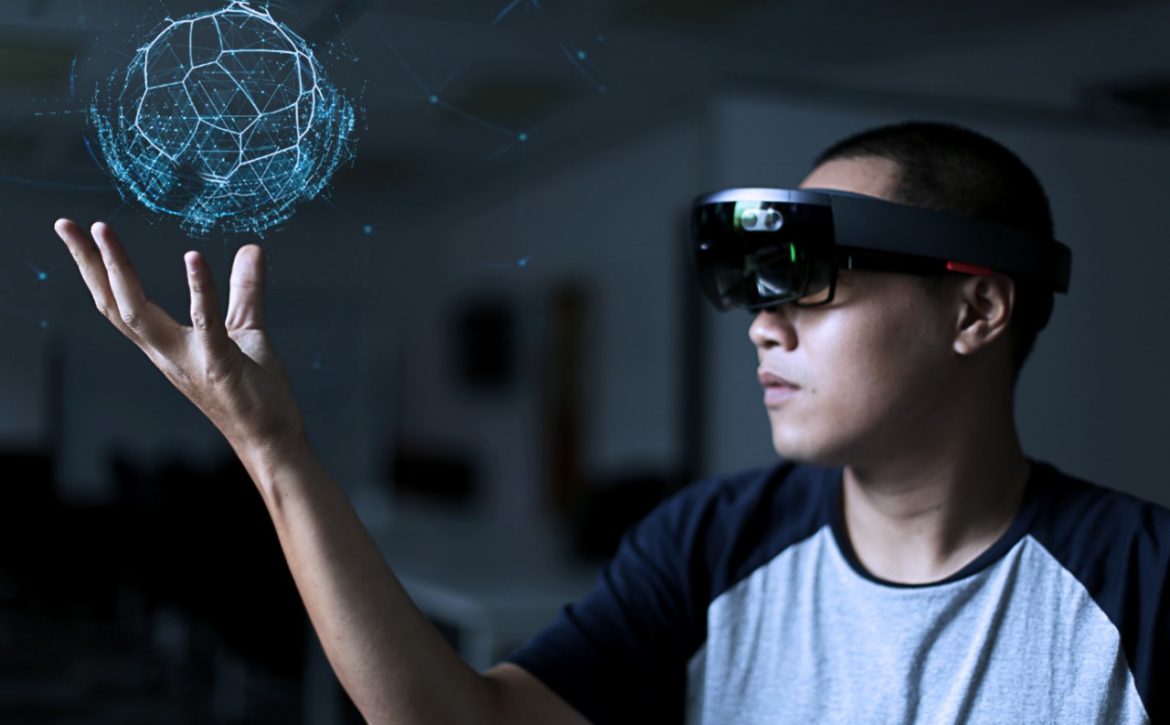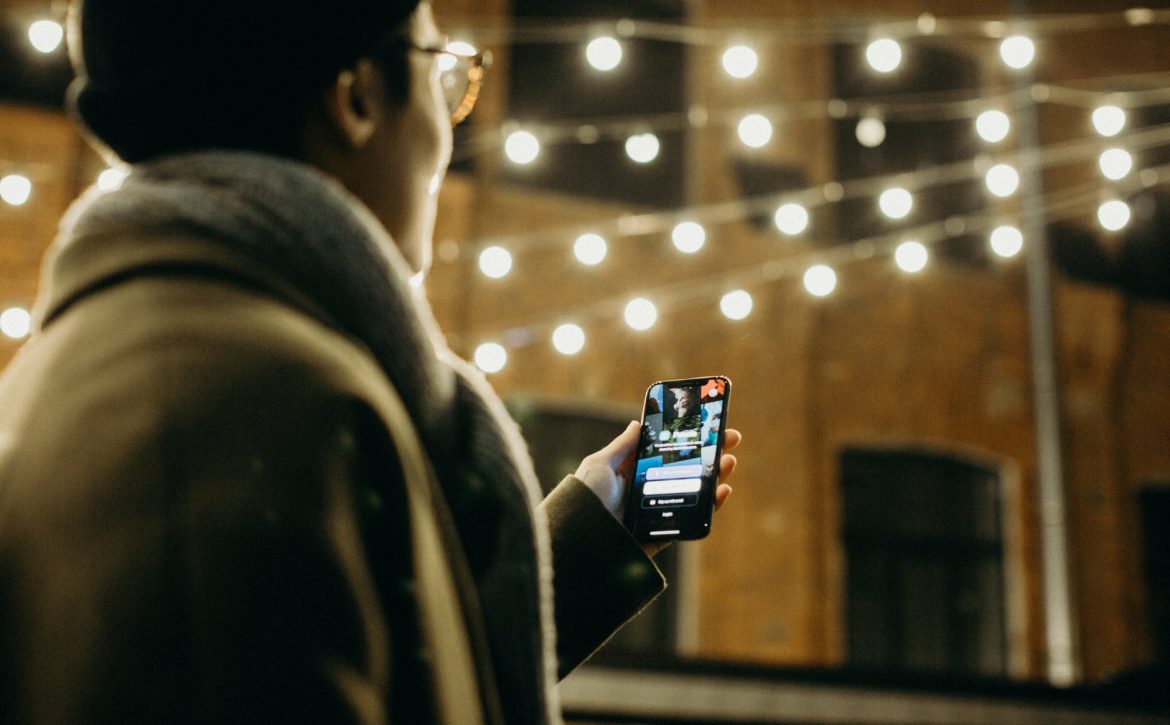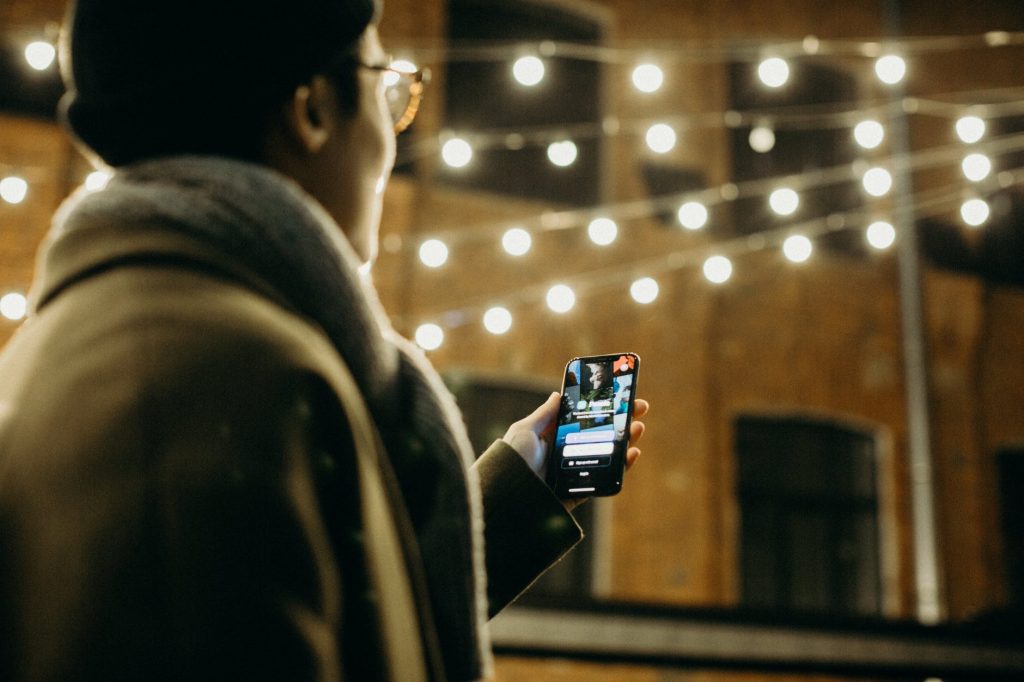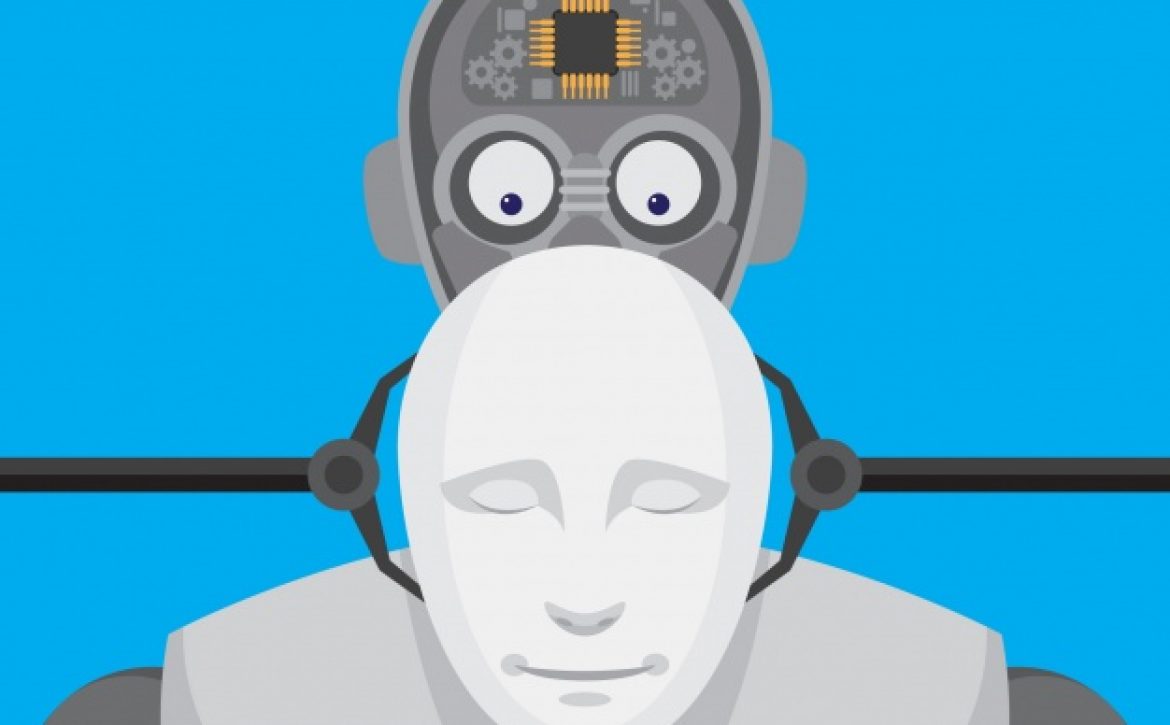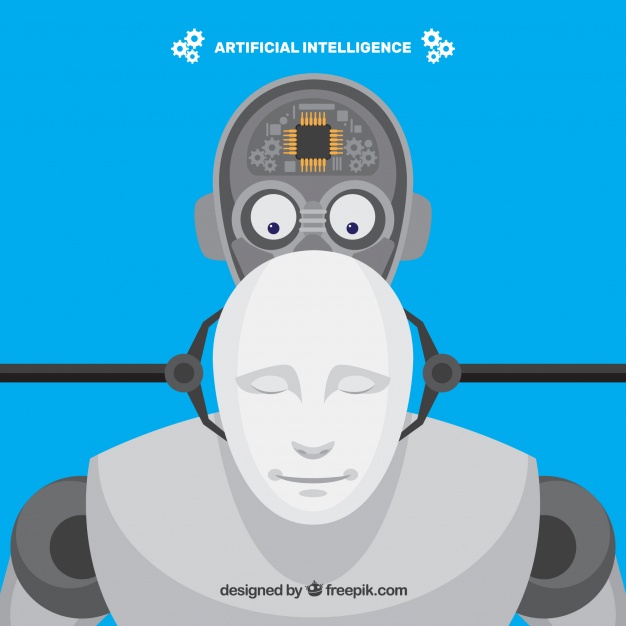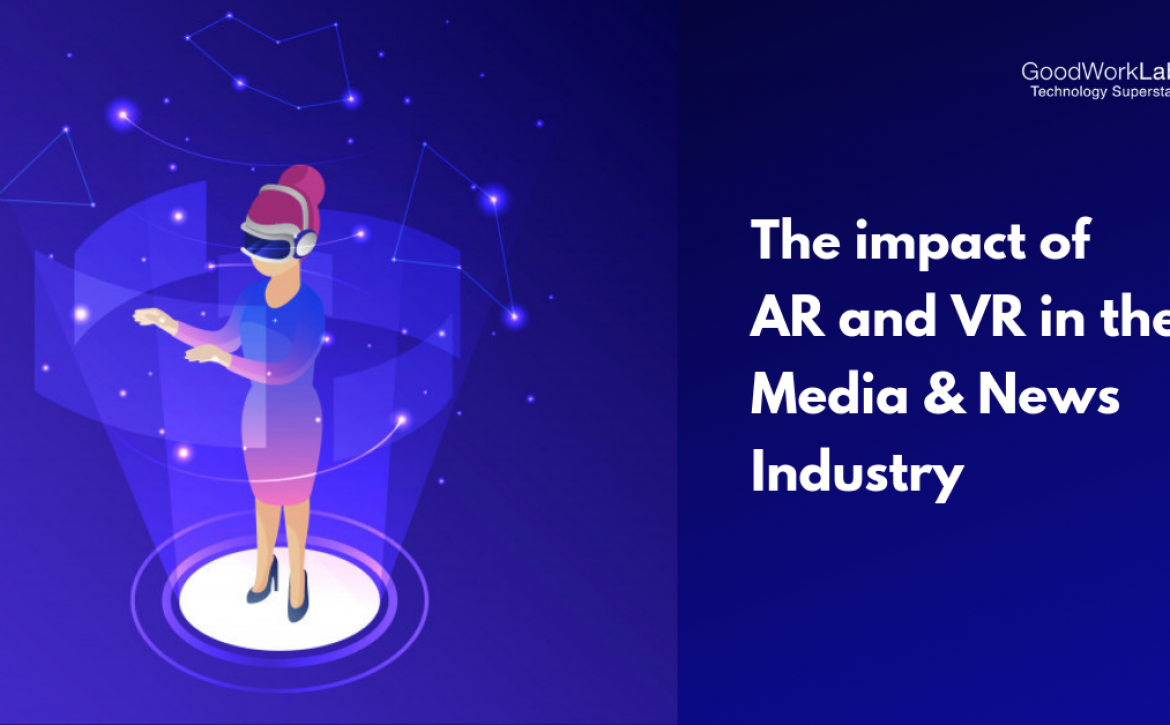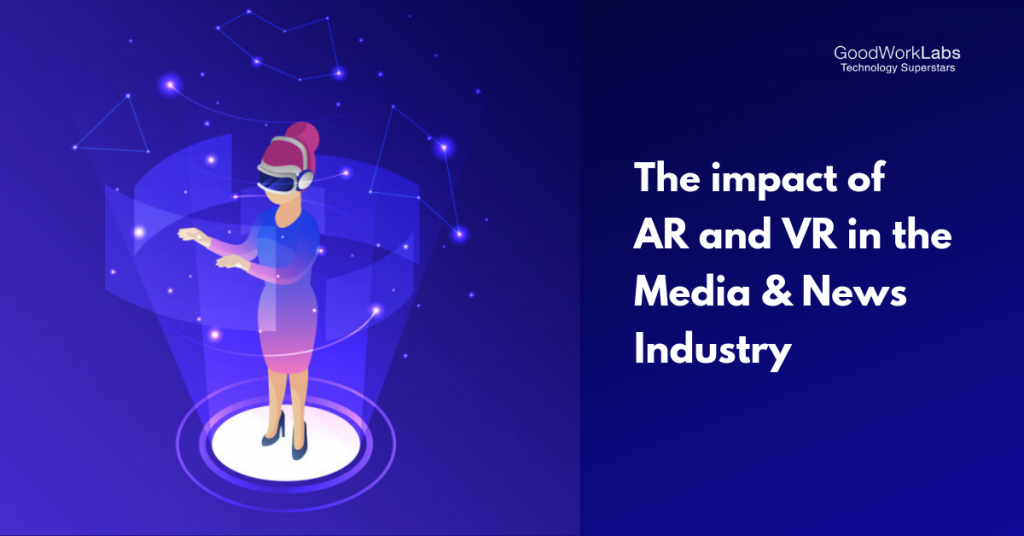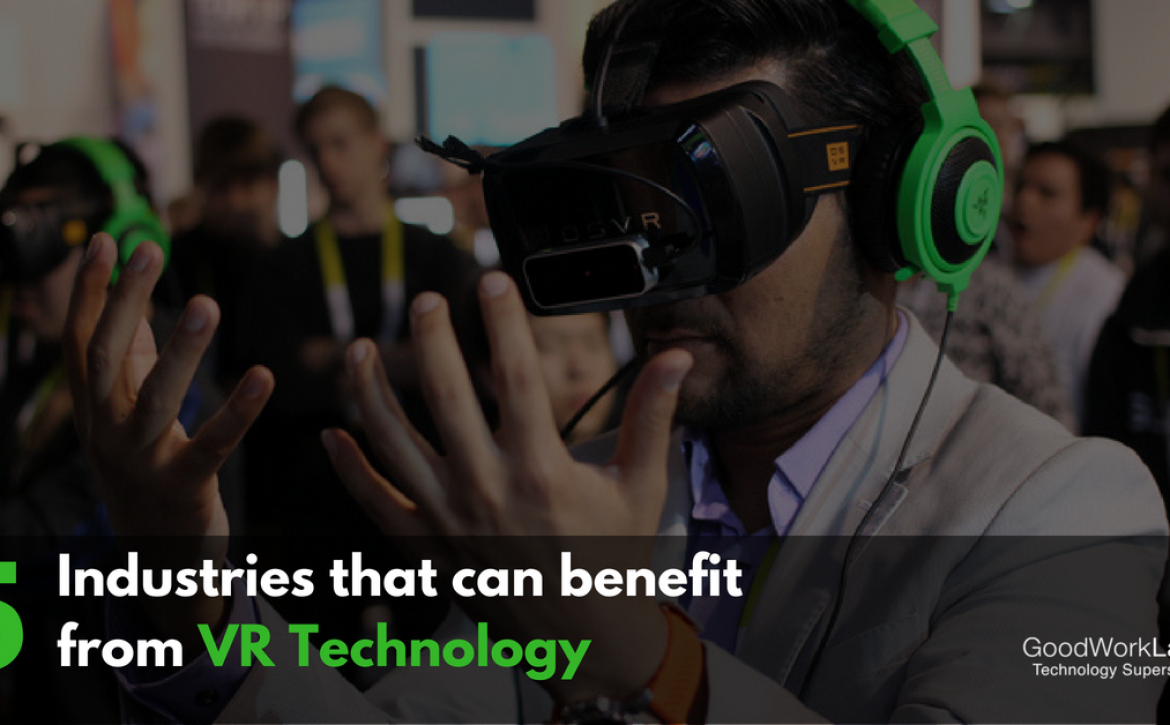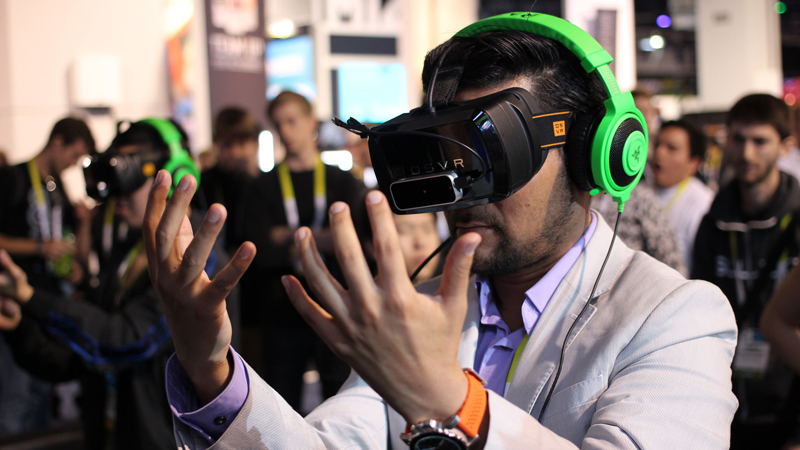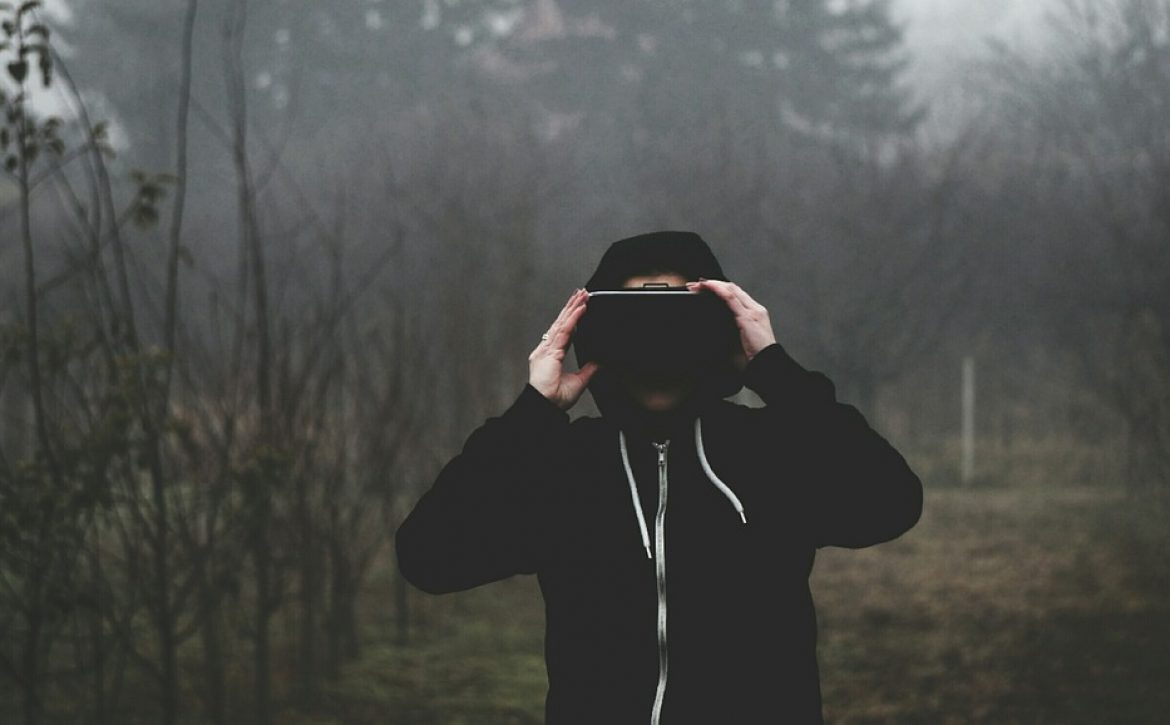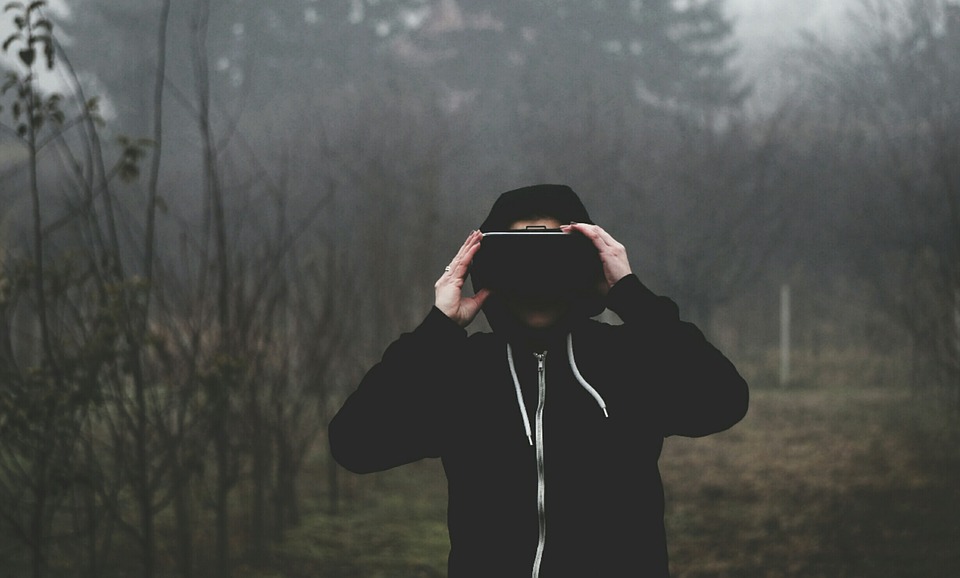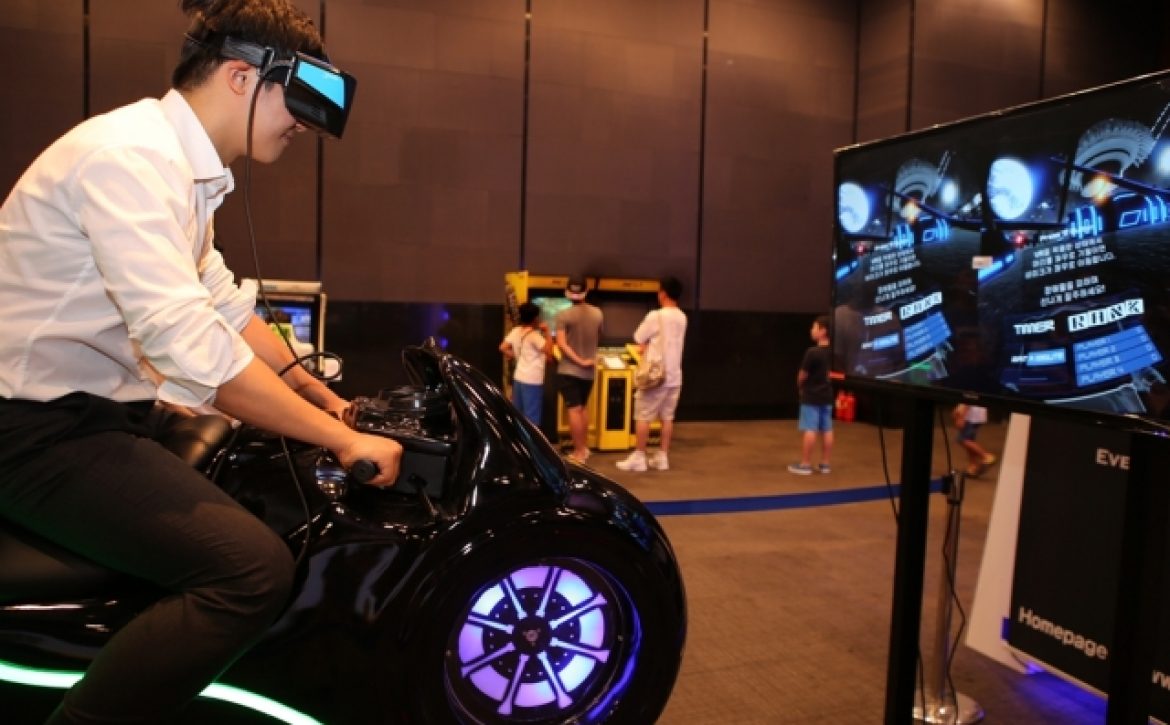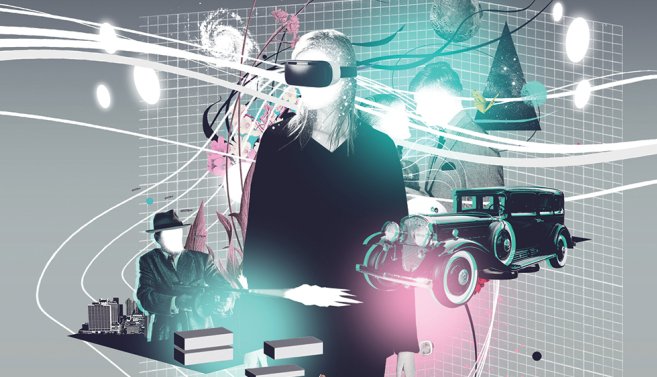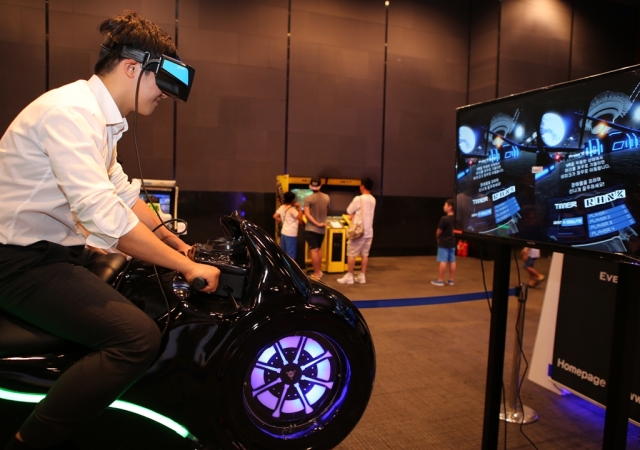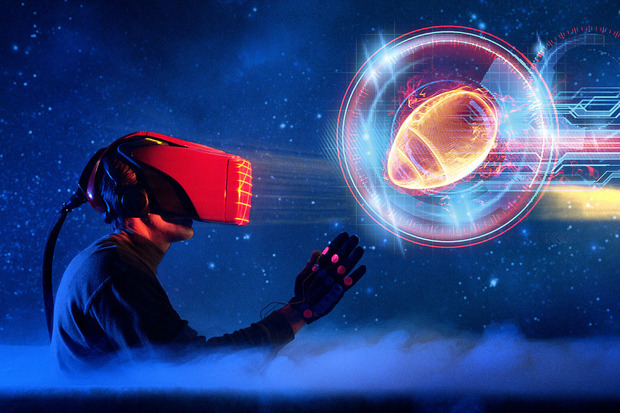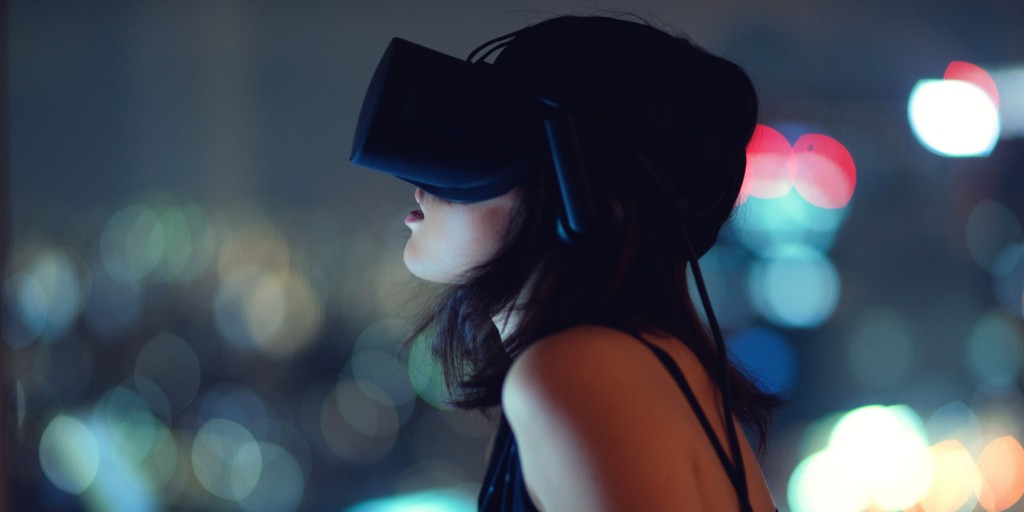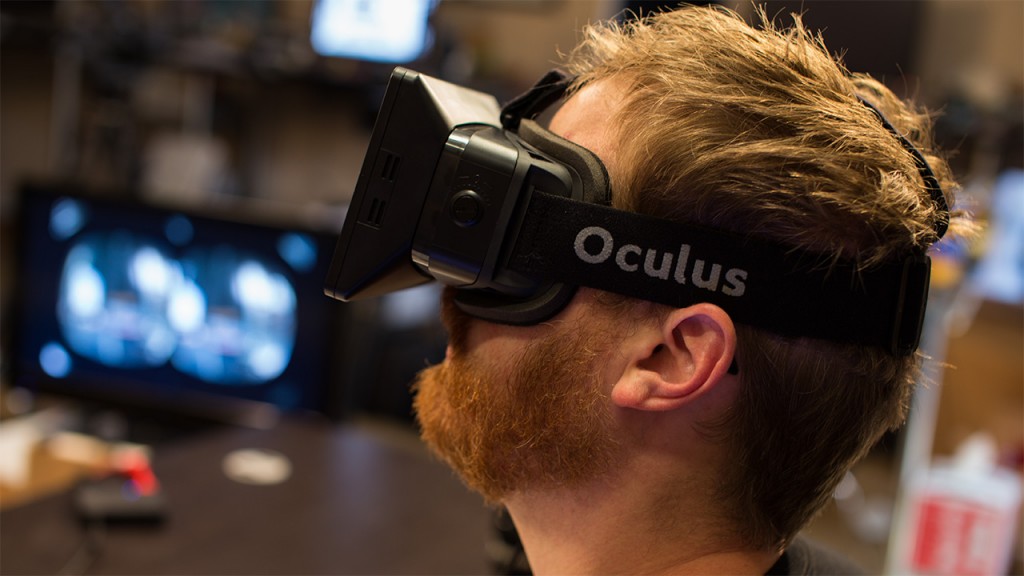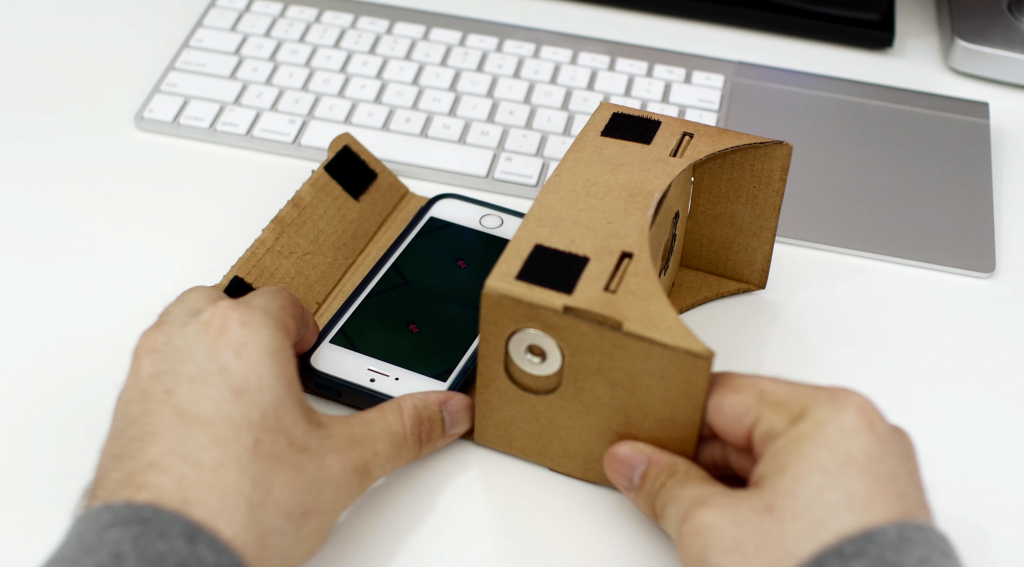Future of AR and VR in Businesses
Technology has taken centre stage in our daily lives and is making us more connected, efficient and smart. Augmented Reality (AR) and Virtual Reality (VR) are 2 of the biggest technological boons that are bringing a revolution to how we live, interact and basically every other thing that we, as human beings, do. AR & VR have brought forth self-driving cars, gaming headsets, and other commodities that are transforming human lives in a faster and better way.
“I do think that a significant portion of the population of developed countries, and eventually all countries, will have AR experiences every day, almost like eating three meals a day. It will become that much a part of you.”- Tim Cook, CEO of Apple Inc.
What are Augmented Reality and Virtual Reality?
Augmented Reality (AR) implies augmenting or adding something extra to your existing environment like an overlay. On the other hand, Virtual Reality (VR) means creating an artificial environment with software that the user believes is a real environment.
In addition to changing or transforming our lives, AR and VR are changing the modus operandi of businesses.
AR and VR in Businesses:
Let’s take you through a few industries and show you how AR and VR are transforming them:
- Fashion:
AR & VR can help brands provide enhanced customer experience with augmented reality and virtual reality. Customers can shop from virtual stores and go for a 3D try-on. This experience can be enjoyed from anywhere anytime in the world and gives a lot of free hand to enterprises to experiment without bearing the risk of fixed capital cost.
- Healthcare:
AR and VR will turn out to be a boon for the healthcare industry with apps, software and devices that will expedite the treatment process and provide faster treatment. AR Apps are already in this game and are allowing doctors to diagnose the human body easily and view affected areas without incisions.
The concept of virtual hospitals is also doing the rounds with the help of game technology and medical imaging processes. It will lead to hassle-free operative procedures.
- Tourism:
AR will hugely impact the tourism industry by transforming the tours and sightseeing, local experiences, and others. The best example is how Google helps us with navigation and spots when you scan the street.
Tourists can translate street signs, get sightseeing advice, indoor navigation, and others through AR.
- Gaming:
Pokemon, Star Wars, Tetris, Minecraft, and the list goes on are the products of the booming gaming industry infused with VR. Gaming companies are coming up with ideas to make games interesting and help gamers to be “in the game”. AR/VR arcades are booming and provide a huge opportunity to be a billion-dollar industry.
Conclusion
It’s not just these industries, but there are many which will reap the benefits of AR and VR. It will not only make businesses more accessible and competitive but also allow brands to explore new territories to provide a wholesome experience for their customers.
The global AR is set to hit a record high valuation of more than USD 60 Billion, and on the other hand, the VR market will achieve more than USD 20 Billion during a couple of years. Businesses are looking to transform, and customers are gearing up for a better and smarter experience. AR and VR are bringing forth a revolution to how business should be done and making it an interesting space to watch out for.
GoodWorkLabs is a leader in implementing cutting-edge AR and VR experiences for your business.
Reach out to us for a free consultation on your AR/VR strategy here.


